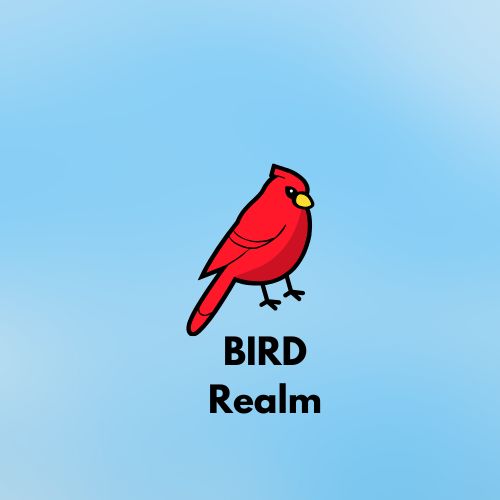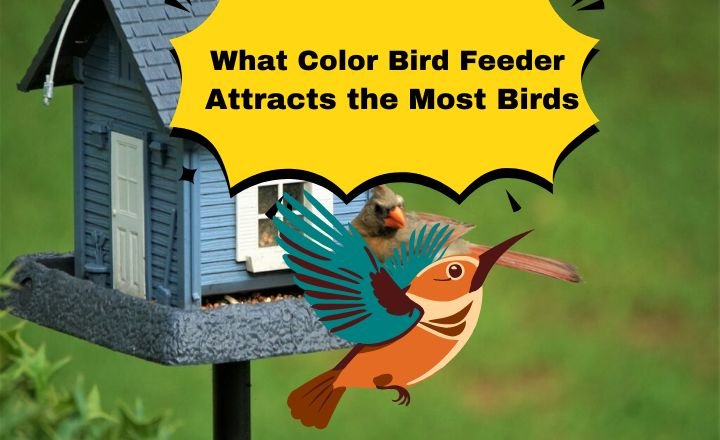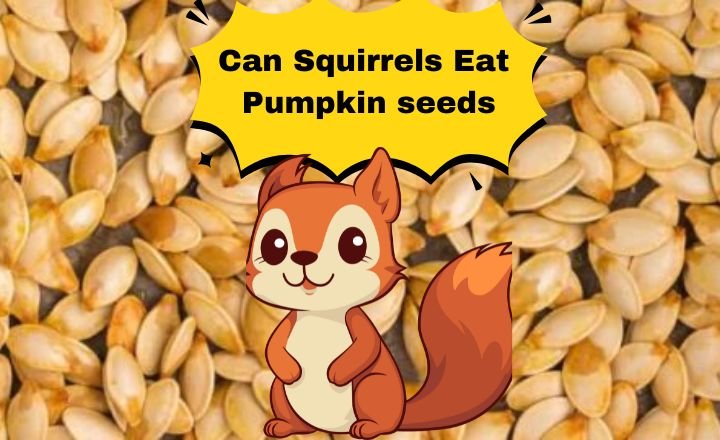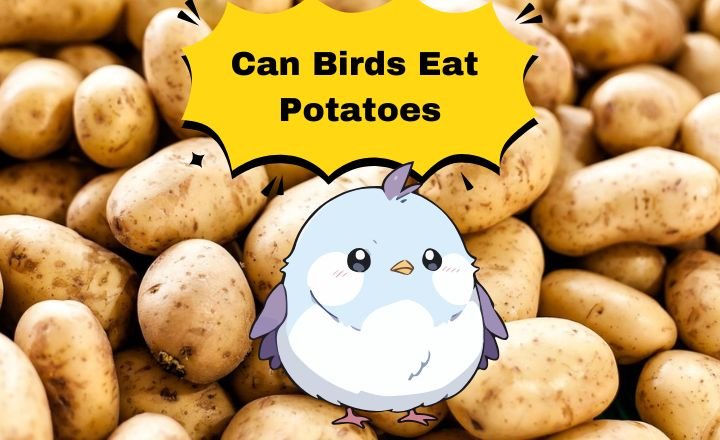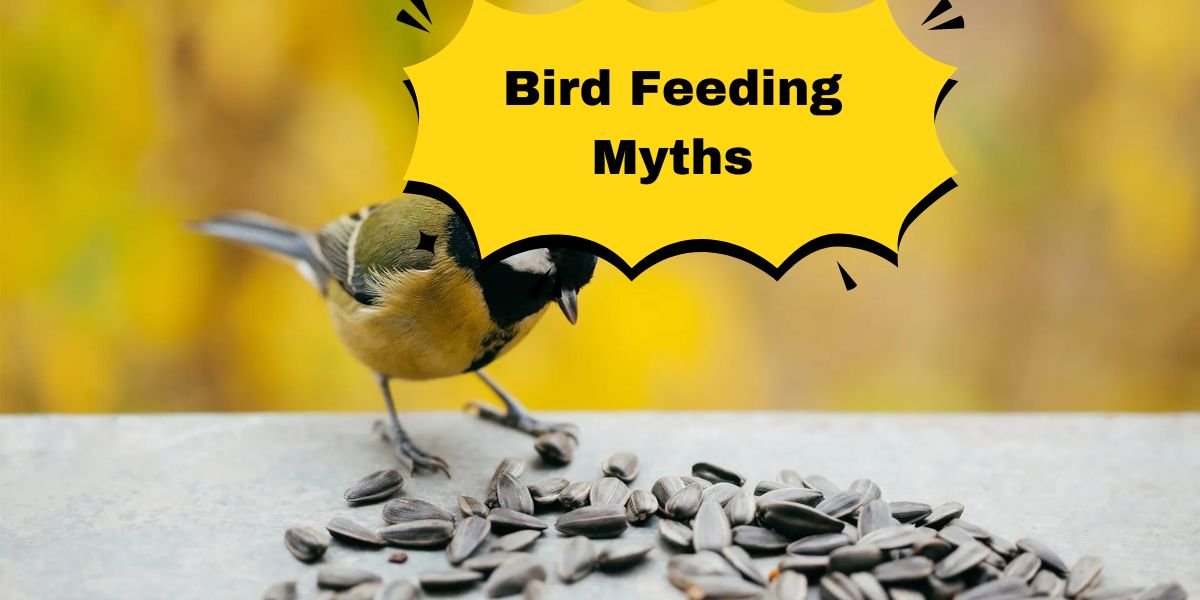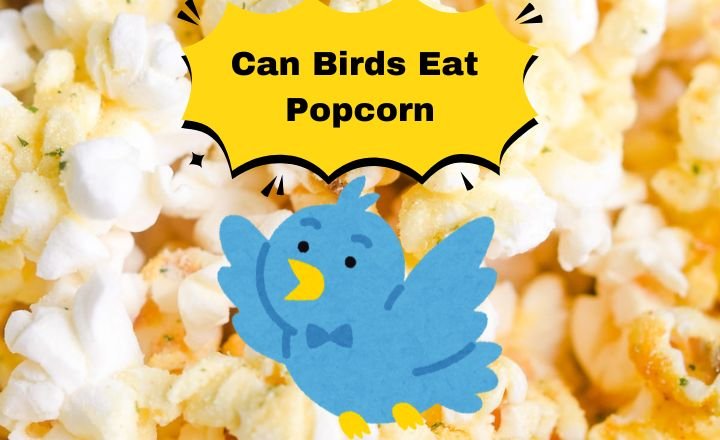What Color Bird Feeder Attracts the Most Birds
Imagine entering your backyard and being greeted by a vibrant flurry of color as feathered friends flutter around your bird feeder. For many nature enthusiasts, the sight of colorful birds is a delight and a testament to their gardening prowess.
But have you ever wondered if the color of your bird feeder plays a pivotal role in attracting these beautiful creatures? The question What Color Bird Feeder Attracts the Most Birds? dives deeper into understanding this fascinating interaction between avian visitors and human-made feeders.
Birds are not only drawn to food; visual cues also influence them in their environment. The hues that adorn your feeder can either lure them in or send them flying elsewhere. From bright reds that mimic natural food sources to subtle earth tones that blend with the surroundings, each color has its own impact on different species.
In this guide, we’ll unravel the science behind color attraction in birds, providing insights into how you can transform your outdoor space into an avian haven with just a few simple adjustments to your bird feeding setup. Get ready to discover how choosing the right shade could unlock a world of winged wonders at your doorstep!
The Most Common Bird Feeder Colors
Choosing the right color for your bird feeder, vibrant hues can play a surprisingly significant role in attracting feathered friends. Studies suggest that bold colors like red, yellow, and orange tend to capture the attention of birds more effectively than muted tones.
Hummingbirds, for instance, are particularly drawn to red because it mimics nectar-rich flowers. Incorporating these bright colors into your feeder design not only enhances its visual appeal but also increases its effectiveness as a feeding station.
Basics of Bird Feeder Colors
When you are selecting a bird feeder, color is more than an aesthetic choice. its very important factor is which bird you will attract to your backyard.
- Color Psychology in Birds
- Natural Preferences
- Contrast and Visibility
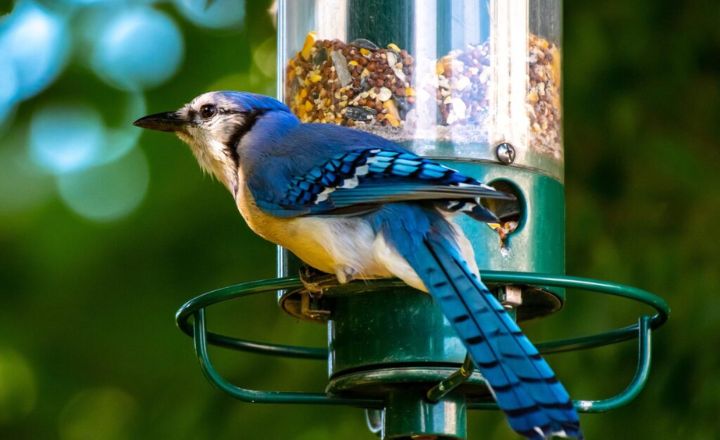
Color Psychology in Birds
It’s not just about being bright—color psychology plays a crucial role in how birds perceive their environment. For instance, blue tones may evoke feelings of safety, attracting more timid species like finches and chickadees who prefer serene settings over chaos.
Understanding this nuanced relationship between color perceptions and avian behavior opens up new opportunities for birdwatchers to create tailored feeding environments.
Natural Preferences
It’s not just about color; the material of the feeder can also impact its effectiveness. Using natural wood tones or earthier colors allows feeders to blend into their surroundings while still being noticeable for birds seeking food sources.
Consider incorporating elements like patterns or textures that resemble natural food sources in their habitats—these subtle cues can make all the difference in enticing our feathered friends to dine at your garden buffet.
Contrast and Visibility
Birds are naturally drawn to vibrant colors that stand out against their surroundings, making choices in feeder color essential. For instance, a bright yellow or red bird feeder can be immensely appealing against a backdrop of green foliage or grey bark. This striking visual contrast not only catches the eye of birds but also enhances the visibility of food sources from a distance, guiding them straight to your feeder.
Popular Bird Feeder Colors
Some birdwatchers have noted that white feeders can create a dual effect; while they’re not as alluring as brighter shades from afar, they offer an excellent contrast against lush greenery or snowy backdrops.
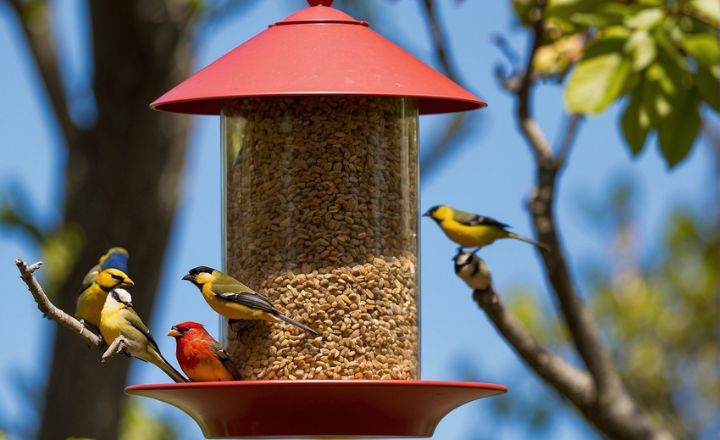
This allows birds to see them more easily during different seasons. clear or pastel-colored feeders may attract hummingbirds because of their association with flower blossoms; these options often require more frequent cleaning due to visible residue from spilled seeds or nectar.
- Bright Versus Subtle Colors
- Effect of Red on Birds
- Role of Blue and Green
Bright Versus Subtle Colors
A bird feeder painted in vivid shades might become a central hub in your garden, enticing diverse species eager for a meal. subtle or muted colors can create spaces that blend harmoniously with your garden’s environment.
Shades like olive green or soft beige can be more appealing for certain species that prefer cover and concealment from predators. These understated tones allow your bird feeder to complement the surrounding flora rather than dominate it visually. this means you could attract more shy or elusive birds who might otherwise avoid overly bright objects.
Effect of Red on Birds
The color red has a profound effect on avian behavior, often influencing feeding habits and attracting certain species of birds. Many studies reveal that bright colors, especially red, can capture the attention of birds more effectively than muted tones.
This is particularly significant for nectar-loving species like hummingbirds, which are naturally drawn to vibrant red hues commonly found in flowers. As a result, incorporating red into your bird feeder design could enhance its visibility and appeal to these delightful creatures.
Role of Blue and Green
Bluebirds are often drawn to vibrant shades that mimic the hues of their natural environment, such as flowering plants or water sources. Incorporating blue bird feeders can evoke feelings of safety and familiarity for these feathered friends, making them more likely to visit your yard.
Green is associated with foliage and lush environments. Bird feeders painted in various shades of green can help them blend seamlessly into natural surroundings while still being visible enough for birds scouting out food sources. This color promotes camouflage but also piques curiosity among species that thrive within dense vegetation.
Which Color Should You Avoid?
Research suggests earth tones—browns, greens, and muted blues—tend to harmonize with their surroundings and encourage more visits from various species. Birds are drawn to feeders that evoke a sense of safety within their habitat.
If your goal is to attract the most diverse range of avian guests, consider how color psychology plays into their instincts; subtle shades provide solace while vibrant artificial tones might mean trouble ahead.
Tips for Choosing Bird Feeder Colors
Consider seasonal changes when choosing your feeder’s color. For example, during spring and summer months when foliage is lush and colorful blooms abound, brighter feeders might stand out positively against a backdrop of greenery.
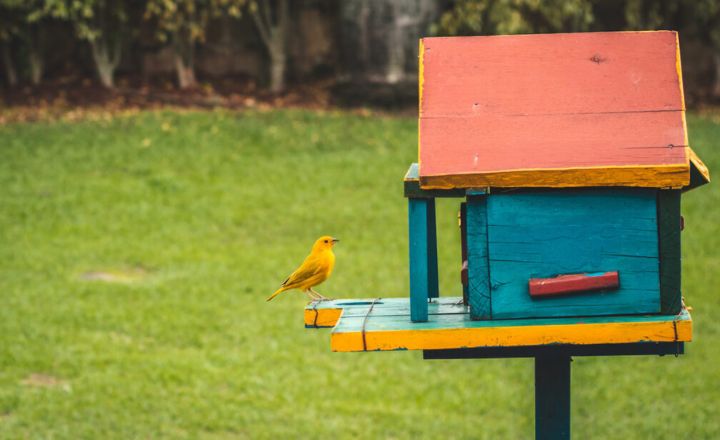
Earthy tones may be preferable in fall and winter when tree cover diminishes; this allows the feeder to provide a comforting presence while attracting resident birds seeking food sources during leaner times.
- Assessing Local Bird Species
- Experimenting with Colors
Assessing Local Bird Species
It’s not just about color; understanding feeding habits is key to maximizing your feathered encounters. Small birds like finches and chickadees prefer tubular feeders filled with seeds such as black oil sunflower or Nyjer seed that mimic their natural food sources.
Experimenting with Colors
Experimenting with colors offers not just an artistic opportunity but also a deeper understanding of bird behavior. Setting up multiple feeders in different hues can serve as an informal experiment; you might find that specific colors lure particular types of birds at various times of the day.
Keep an observation journal noting which setups are most successful—not only will this enhance your feeding station’s aesthetics, but it may uncover intriguing patterns about local avian preferences based on seasonal changes and regional species.
Try Different Colors
Choosing the right color for your bird feeder can make a surprising difference in attracting different species of birds to your backyard. Research suggests that vibrant hues, particularly red and orange, tend to draw in a wider variety of songbirds. These colors mimic the natural environment and are often associated with ripe fruits or blooming flowers — appealing options that signal food availability.
Observe Changes
Observing how different species respond to various colors over time is crucial. For instance, while hummingbirds may flock to a vibrant red feeder, finches often prefer sunflower-yellow shades.
By noting what birds frequent your feeders during different seasons and under various conditions, you can adapt their appearance accordingly—experimenting with new color schemes might reveal surprising preferences among local species.
Visibility
It’s not just about the colors; placement matters just as much. Ideal visibility means positioning your feeder where birds feel safe yet secure enough to explore new feeding locations. Hanging feeders within 3-10 feet of trees or shrubs can provide cover from predators while maintaining visually appealing access points for winged wanderers.
Final Words
The color of your bird feeder can significantly influence the types and numbers of birds that visit your garden. Studies suggest that bright colors, particularly red and yellow, tend to attract a wider variety of bird species due to their association with food sources in nature.
More subdued colors like green and brown may appeal to certain species seeking a sense of safety and camouflage. Ultimately, the best choice may depend on the bird species native to your area and their specific preferences. To create an inviting environment for our feathered friends, consider experimenting with different colored feeders in your outdoor space today!
What Color Bird Feeder Attracts the Most Birds FAQs
What Color Attracts Birds?
Are Birds Attracted to Certain Colors?
What Colors Attract Birds?
Which are the Best Color for Bird Feeder?
What Colors are Birds Attracted To?
What Are Best Color for Suet Feeder?
What Kind of Bird Feeder Attracts the Most Birds?
What Does a Platform Bird Feeder Look Like?
Are Birds Attracted to Certain Colors to Poop On?
What Color Bird Feeder Attracts Cardinals?
What Colors Do Birds Like for a Birdhouse?
What Colors Attract Birds?
Bright colors like red, orange, and yellow attract many birds because they signal ripe fruits and flowers. Blue and purple can also draw species like bluebirds and hummingbirds.
Using a mix of these vibrant colors in feeders or gardens helps invite a variety of birds.
